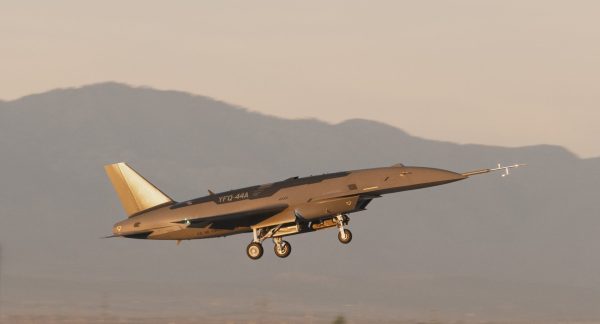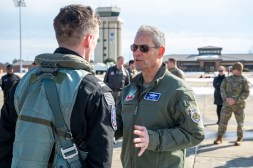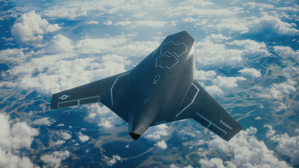Air Force kicks off ground testing for CCA drones while preparing for first flight
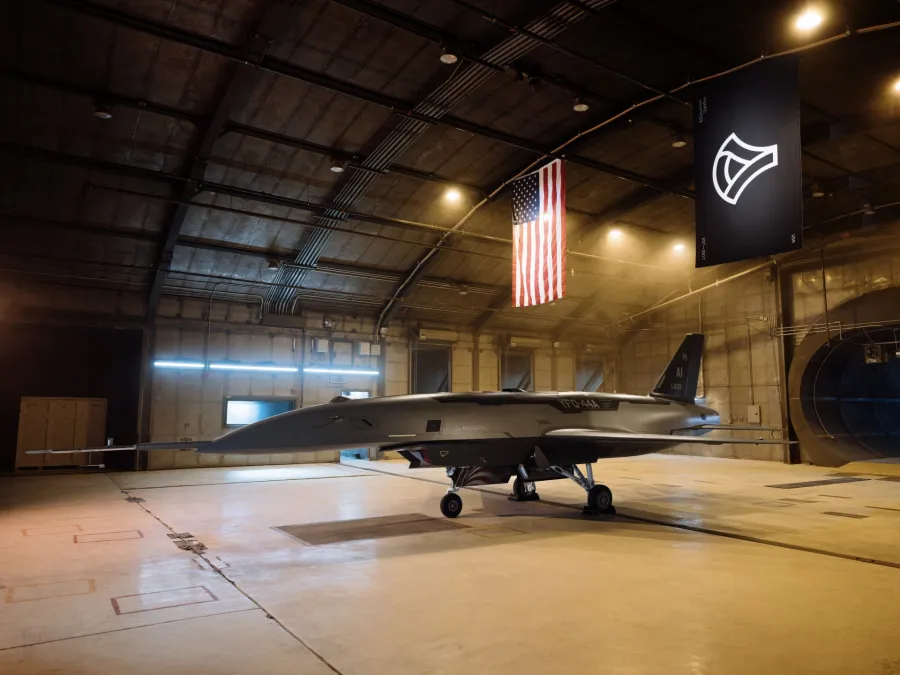
The Air Force has begun ground testing prototypes for Increment 1 of its Collaborative Combat Aircraft (CCA) program, the service announced Thursday.
The tests represent a critical milestone for the CCA program, which is part of the Air Force’s Next Generation Air Dominance (NGAD) family of systems. The drones are expected to fly alongside the service’s manned platforms — including the sixth-gen F-47 fighter jet — to conduct a range of missions and augment the organization’s aircraft fleet. The ground tests bring the two vendors one step closer to conducting first flights of their drones, scheduled for sometime this summer.
“This phase bridges the gap between design and flight, reducing integration risks, boosting confidence, and laying the groundwork for a successful first flight and eventual fielding to the warfighter,” Air Force Chief of Staff Gen. David Allvin said in a statement.
The upcoming ground test phase will include “rigorous evaluations” of both vendors’ prototypes, according to an Air Force statement. The tests will focus on the platforms’ propulsion, avionics, autonomy integration and ground control segments to “validate performance, inform future design decisions, and prepare the systems for flight testing later this year.”
After receiving contracts in 2024 for Increment 1 of the CCA program, General Atomics and Anduril completed critical design reviews of their prototypes last fall. The Air Force in March designated the platforms as the first-ever unmanned fighter aircraft, with General Atomics’ prototype dubbed the YFQ-42A and Anduril’s Fury platform now referred to as the YFQ-44A.
“The CCA program represents a groundbreaking new era in combat aviation, and we remain on schedule to test and fly YFQ-42 in the coming months,” General Atomics President David Alexander said in a statement. “Our work on YFQ-42 will further expand the field of unmanned aviation, and we remain excited for the future.”
Air Force leadership have touted the service’s rapid and flexible approach taken with the CCA program, as it plans to field systems in increments. A competitive production decision for Increment 1 is expected in fiscal 2026, with the first batch of drones planned for fielding sometime before 2030.
“Together, Anduril and the United States Air Force are pioneering a new generation of semi-autonomous fighter aircraft that will fundamentally transform air combat,” Jason Levin, Anduril’s senior vice president of air dominance and strike, said in a statement. “By delivering YFQ-44A at unprecedented speed, we are ensuring that warfighters have ample opportunity to experiment and build the trust required to support operational fielding of CCAs before the end of the decade.”
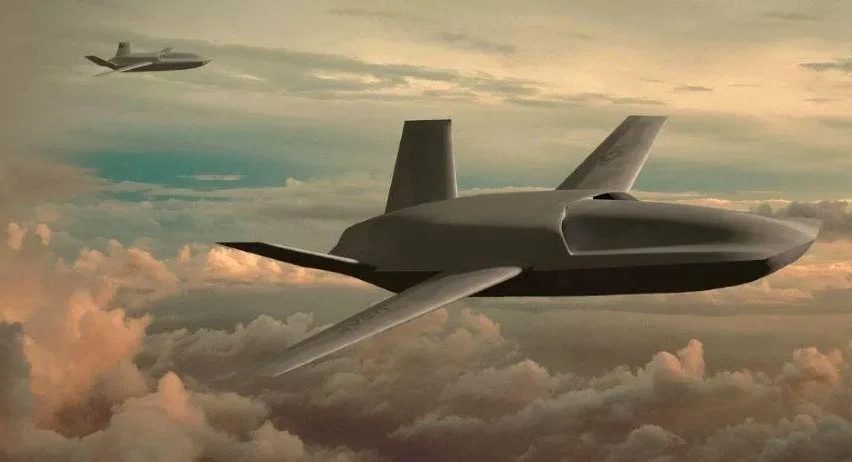
While General Atomics and Anduril are developing Increment 1 CCA platforms, the Air Force is separately working with five unnamed vendors that are developing the autonomy software for the first batch of drones.
Meanwhile, the service intends to begin development of the next batch of CCA drones, known as Increment 2, during fiscal 2026 to expand mission applications and integrate emerging technologies.
In recent months, Joseph Kunkel, director of force design, integration and wargaming at the Air Force Futures organization, has suggested that future CCA increments could feature a range of options in terms of cost and capabilities — including some attributes that aren’t considered “exquisite” in order to keep price tags low.
Along with initiating ground tests, the Air Force announced Thursday that the CCA drones will be based at California’s Beale Air Force Base, which has been designated as the CCA Aircraft Readiness Unit (ARU).
“The mission of the ARU is to provide combat aircraft ready to deploy worldwide at a moment’s notice. CCA are semi-autonomous in nature so the ARU will not have to fly a significant number of daily sorties to maintain readiness,” the service said in a statement. “The aircraft will be maintained in a fly-ready status and flown minimally so the number of airmen required to support the fleet will be substantially lower than other weapons systems.”
Updated on May 1, 2025, at 3:40 PM: This story has been updated to
